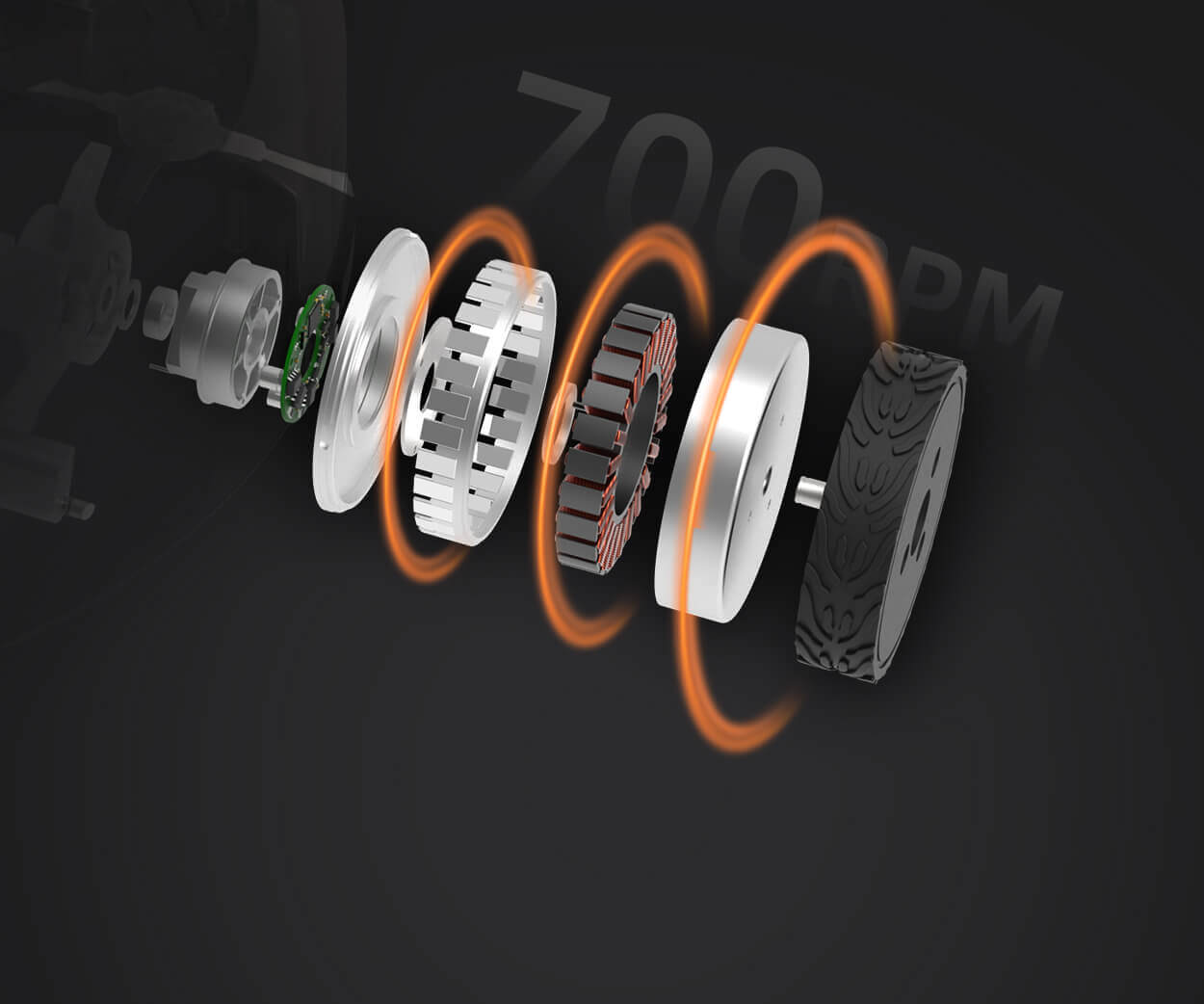Certainly! Here’s the first part of a soft, engaging article centered around the theme “geared motor worm,” structured as requested:

The Marvel of Mechanical Engineering: Introducing the Geared Motor Worm
In the sprawling universe of mechanical engineering, few components embody the perfect harmony of simplicity and sophistication quite like the geared motor worm. It’s a device that quietly powers countless facets of modern industry, yet many remain unaware of its intricate design or profound impact. To truly appreciate its significance, let’s journey through its fundamental concepts, explore why it’s become a staple in engineering solutions, and understand its core advantages.
At the heart of a geared motor worm lies a simple principle: transforming rotational motion into controlled, efficient drive. But what makes the worm gear unique? Positioned at a right angle to the worm wheel—like a screw meshing with a gear—this system enables high gear ratios, meaning it can drastically reduce speed while amplifying torque. What’s more, the design fosters a self-locking feature, locking the gear from reversing motion and adding a layer of safety and stability in various applications.
One cannot discuss a worm gear without mentioning its constituent parts. The "worm" resembles a screw, often made from steel or bronze, crafted with precise threads. It’s paired with a "worm wheel" or gear—typically circular with teeth that mesh with the screw’s threads. This mechanical duo offers a compact and effective means of transmitting power, especially when space constraints demand efficient use of volume.
Why has the worm gear system endured through decades? One reason is its exceptional ability to produce high reduction ratios in a small footprint. Imagine a tiny motor driving a large, slow-moving wheel—this is what the worm gear excels at. Its design inherently provides a high gear reduction, often ranging from 10:1 up to 1000:1 or more, making it invaluable in applications requiring speed regulation and torque amplification.
Moreover, the self-locking characteristic offers unmatched advantages for safety-critical operations. In scenarios like lifting equipment, conveyor systems, or precision robotics, preventing reverse motion without additional brakes or locking mechanisms simplifies design and reduces costs. This makes worm gear motors especially attractive for vertical drives, where gravity’s pull is a constant consideration.
Diving deeper into construction, worm gearboxes are often built with robust materials to withstand wear and tear, emphasizing durability and longevity. The sliding contact between the worm and wheel, while efficient, requires proper lubrication—oil or grease that minimizes friction and prevents overheating. Engineers must select the right lubrication and material combinations based on operational demands, whether that’s continuous industrial use or intermittent motion.
Regarded for their quiet operation, worm gear systems are frequently selected in environments where noise reduction is essential. Unlike spur gears or helical gears, the sliding contact and gradual engagement of the teeth contribute to smoother, quieter functioning—a valued trait in medical devices, office automation, and consumer appliances.
However, it’s not just about power and quiet operation. The versatility of the geared motor worm extends into countless industries. From conveyor belts in packaging plants, to elevators, to robotic arms in manufacturing, the worm gear continuously proves its worth. Its ability to deliver high torque at low speeds makes it ideal for applications requiring precise positioning and reliable operation.
But with many advantages come considerations. Efficiency, for instance, is lower compared to some gear types because of the sliding contact that causes energy losses as heat. Nonetheless, the benefits in terms of torque, size, and self-locking often outweigh this drawback, especially in applications where safety and control are paramount.
In recent years, technological innovations have further elevated the performance of worm gear systems. Advances in materials—like polymer worms and composite wheels—have reduced weight and friction, increasing efficiency and lifespan. Computer-aided design and simulation allow engineers to optimize gear geometries, minimizing wear and enhancing load capacity.
Furthermore, the integration of sensors and smart controls into worm gear motors is opening new horizons in automation and Industry 4.0 setups. Condition monitoring, predictive maintenance, and remote operation are now feasible, leading to reduced downtime and increased productivity.
In sum, the geared motor worm exemplifies how a humble mechanical element can have a transformative impact across sectors. It encapsulates a blend of simplicity, robustness, and reliability—qualities that win the trust of engineers and users alike. But to truly understand its potential, we must explore its intricate mechanics and emerging innovations in the next section.
Established in 2005, Kpower has been dedicated to a professional compact motion unit manufacturer, headquartered in Dongguan, Guangdong Province, China.




































